10 Key Factors Affecting X-Ray Metallized Tubes Performance
As an engineer with over a decade of experience in the design and manufacturing of X-ray systems, I’ve been deeply involved in optimizing the performance and longevity of X-ray tubes. Over the years, I've observed that while the fundamental principles of X-ray generation remain constant, advancements in materials science, vacuum technology, and thermal management have significantly impacted the performance and reliability of metallized X-ray tubes. This article aims to shed light on the ten most critical factors that directly influence the efficiency, lifespan, and overall performance of these crucial components in medical imaging, industrial inspection, and scientific research. Understanding these factors is crucial for both manufacturers striving for better product designs and end-users seeking to maximize the value and utility of their X-ray equipment.
Let's delve into the most significant factors influencing the performance of X-ray metallized tubes, presented in a structured format for clarity:
| No. | Key Factor | Detailed Description |
|---|---|---|
| 1 | Housing Material | Made of stainless steel, titanium alloy, or copper alloy to ensure uniform electric potential, high-temperature resistance (>400°C), and mechanical stress resistance, preventing arc breakdown. |
| 2 | Vacuum Level | Maintained at <10⁻⁶ Pa ultra-high vacuum to prevent electron scattering and gas discharge; slow leakage is the primary life-limiting factor. |
| 3 | Anode Target Material | Tungsten-rhenium alloy (W + 3~15% Re), melting point 3422°C, Z=74, for efficient bremsstrahlung production; target angle 12°~17° controls focal spot. |
| 4 | Rotating Anode Speed | 3000~10000 rpm (50/150 Hz), driven by electromagnetic induction motor to distribute heat and enable instantaneous power >100 kW. |
| 5 | Heat Capacity & Cooling | Anode heat capacity >300 kJ, paired with forced oil or water cooling; surface heat flux <15 MW/m² to prevent target melting. |
| 6 | Cathode Filament | Tungsten or thoriated tungsten spiral filament, operating at 2400~2600 K, emitting 50~1000 mA; electrostatic focusing cup forms 0.1~1.2 mm focal spot. |
| 7 | High-Voltage Insulation | Tube voltage 60~150 kV, ceramic-metal brazed insulators withstand >200 kV breakdown, preventing flashover due to oil bubbles. |
| 8 | Bearing System | Liquid metal bearings (Ga-In-Sn alloy) or ceramic ball bearings, supporting >10⁸ revolutions with low noise <45 dB. |
| 9 | Glass-to-Metal Seal | Kovar alloy matched with borosilicate glass (CTE ≈5×10⁻⁶/°C), vacuum brazed to prevent micro-crack leakage. |
| 10 | Power Rating & Focal Spot | Rated power 20~100 kW (small/large focus), focal spot heat load <2 MW/mm², determining spatial resolution and imaging speed. |
Detailed Explanation of Each Key Factor
Now, let's delve deeper into each of these factors to understand their significance:
1. Housing Material1
- Definition/Explanation: The housing material is the external envelope of the X-ray tube, typically made of materials like stainless steel, titanium alloys, or copper alloys. It provides physical protection and ensures the insulation of internal components.
- Why it Matters: It protects the internal components from damage and maintains electrical isolation, preventing arcing and ensuring safe operation. It also can contribute to radiation shielding.
- Impact on X-Ray Tube Performance: Improper material can lead to electrical breakdown, mechanical failure, and potential radiation leakage, ultimately shortening the tube's lifespan and compromising safety.
- How to Control/Improve: Select materials with high dielectric strength, thermal stability, and mechanical robustness. Employ proper grounding techniques and ensure seamless integration to prevent stress concentrations.
2. Vacuum Level2
- Definition/Explanation: Vacuum level refers to the degree of vacuum maintained inside the X-ray tube, ideally below 10⁻⁶ Pa. This is achieved by evacuating the tube of all gases.
- Why it Matters: A high vacuum environment minimizes electron scattering and prevents gas discharge, which can interfere with the production of X-rays.
- Impact on X-Ray Tube Performance: Poor vacuum leads to reduced X-ray output, increased tube current instability, and potential damage to internal components due to arcing or sputtering. It's a leading cause of tube failure.
- How to Control/Improve: Use high-quality vacuum pumps, implement rigorous leak testing procedures, and select materials with low outgassing rates. Ensure that the manufacturing process minimizes contamination and maximizes seal integrity.
3. Anode Target Material3
- Definition/Explanation: The anode target is the material bombarded by electrons to produce X-rays. Typically composed of tungsten-rhenium alloy (W+3~15%Re), with high atomic number (Z=74) and high melting point.
- Why it Matters: Tungsten-rhenium alloy offers high efficiency in bremsstrahlung radiation production and withstands the high temperatures generated during X-ray generation.
- Impact on X-Ray Tube Performance: Inefficient target materials will reduce X-ray yield. Overheating or target deformation can lead to reduced image quality and shortened tube life. Focal spot size impacted by target surface angle (12-17 degrees) which directly impacts image resolution.
- How to Control/Improve: Optimize the alloy composition for maximum X-ray yield and thermal stability. Precisely control target surface finish and angle to ensure consistent focal spot characteristics. Implement stress-relieving processes to minimize the risk of cracking.
4. Rotating Anode Speed4
- Definition/Explanation: The rotating anode spins at high speed (3000-10000 rpm driven by an electromagnetic induction motor) to spread the heat generated by the electron beam over a larger area.
- Why it Matters: Rotation increases the effective thermal capacity of the anode, allowing the tube to handle higher power loads without overheating the target.
- Impact on X-Ray Tube Performance: Insufficient rotation speed results in excessive heat buildup, leading to potential target melting, reduced X-ray output, and premature failure of the anode.
- How to Control/Improve: Optimize motor design for efficient energy transfer and precise speed control. Use high-quality bearings to minimize friction and ensure smooth, reliable rotation. Monitor and control motor temperature to prevent overheating and extend lifespan.
5. Heat Capacity & Dissipation
- Definition/Explanation: Heat capacity is the anode's ability to absorb heat (typically >300 kJ). Heat dissipation refers to the mechanisms used to remove heat from the anode, such as forced oil or water cooling, keeping the surface heat flux below 15 MW/m².
- Why it Matters: Effective heat management prevents the anode from overheating and melting, ensuring the tube can handle high power loads and maintain consistent X-ray output.
- Impact on X-Ray Tube Performance: Inadequate heat capacity or cooling leads to anode melting, reduced X-ray intensity, focal spot distortion, and tube failure.
- How to Control/Improve: Increase anode mass and optimize material properties for high heat capacity. Improve cooling system design for efficient heat transfer. Monitor anode temperature and adjust operating parameters to avoid exceeding thermal limits.
6. Cathode Filament5
- Definition/Explanation: The cathode filament provides the source of electrons through thermionic emission when heated. Typically made of tungsten or thoriated tungsten.
- Why it Matters: The filament's temperature (2400-2600 K) and material determine the electron emission rate that influences X-ray intensity. The electron beam is electrostatically focused to form a 0.1-1.2 mm focal spot.
- Impact on X-Ray Tube Performance: Filament degradation leads to reduced electron emission, decreased X-ray output, and instability in tube current. Poor focal spot leads to poor image resolution for a given power.
- How to Control/Improve: Optimize filament material and geometry. Precise control of filament current/voltage. Improve the vacuum in the tube, reduce the likelihood of arcing and component degradation which can ultimately lead to thermal runaway.
7. High Voltage Insulation
- Definition/Explanation: High-voltage insulation prevents electrical breakdown in the X-ray tube. Tube voltages range from 60-150 kV so high-quality insulators are required.
- Why it Matters: Proper insulation prevents arcing or flashover, ensuring safe and reliable operation at high voltages.
- Impact on X-Ray Tube Performance: Insulation failure leads to electrical shorts, tube damage, and potential safety hazards.
- How to Control/Improve: Utilize high-quality ceramic or composite insulators with optimized geometry for maximum dielectric strength. Implement rigorous testing protocols to ensure insulation integrity. Minimize contaminants in the insulating medium (e.g., oil) to prevent flashover.
8. Bearing System6
- Definition/Explanation: Bearing systems support the rotating anode. Liquid metal bearings (Ga-In-Sn alloy) or ceramic ball bearings are typically used to ensure long life and low noise.
- Why it Matters: Reliable bearing systems allow for smooth and efficient rotation of the anode, minimizing friction and preventing excessive wear.
- Impact on X-Ray Tube Performance: Bearing failure results in increased friction, anode wobble, reduced rotation speed, and potential damage to the tube. Excessive noise can also be problematic in medical settings.
- How to Control/Improve: Select bearing materials and lubrication systems with optimized friction characteristics and long lifespan. Implement regular maintenance schedules to inspect and replace worn bearings.
9. Glass-to-Metal Seal7
- Definition/Explanation: Glass-to-metal seals maintain the high vacuum within the X-ray tube. Kovar alloys, with CTE matched to borosilicate glass are sealed at high temperature to be vacuum tight.
- Why it Matters: A hermetic seal prevents air leakage and maintains the vacuum necessary for efficient X-ray production.
- Impact on X-Ray Tube Performance: Seal failure leads to vacuum degradation, reduced X-ray output, and eventual tube failure.
- How to Control/Improve: Select materials with closely matched CTEs to minimize stress. Use proper braising techniques to create strong and reliable seals. Employ continuous leak testing to identify and address any potential leak paths.
10. Power Capacity & Focal Spot
- Definition/Explanation: Power capacity (20-100 kW) determines the tubes maximum allowable output, as the tube is limited by its maximum heat loading. Focal spot size refers to the area on the anode where electrons impact, with a power density limit of about 2MW/mm^2.
- Why it Matters: The focal spot and power density are critical for achieving high-resolution imaging at a reasonable flux (dose).
- Impact on X-Ray Tube Performance: Anode thermal limits place an upper bound on the tube power. Excessive focal spot size, results in lower image resolution.
- How to Control/Improve: Improve heat dissipation to increase maximum power, as well as use more advanced electron beam shaping techniques to reduce the focal spot size and sharpen the image.
Conclusion
The performance of X-ray metallized tubes is a complex interplay of various factors, from material selection to thermal management and vacuum technology. By understanding and optimizing these 10 key factors, manufacturers can produce more efficient, reliable, and long-lasting X-ray tubes, ultimately benefiting end-users in a wide range of applications. Continuous innovation in these areas will drive future advancements in X-ray technology, leading to improved imaging capabilities and diagnostic outcomes.
-
Explore the best materials for X-ray tube housing to ensure safety and performance. ↩
-
Understanding vacuum levels can help improve X-ray tube efficiency and lifespan. ↩
-
Learn about optimal anode materials to enhance X-ray production and quality. ↩
-
Discover how rotating anode speed influences heat distribution and performance. ↩
-
Find out how cathode filament materials impact electron emission and X-ray output. ↩
-
Understand the role of bearing systems in ensuring smooth operation of X-ray tubes. ↩
-
Explore the techniques for creating reliable seals to maintain vacuum integrity. ↩
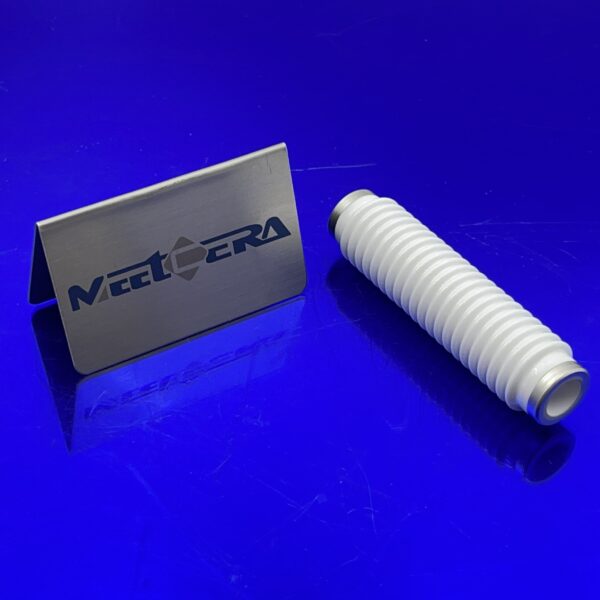
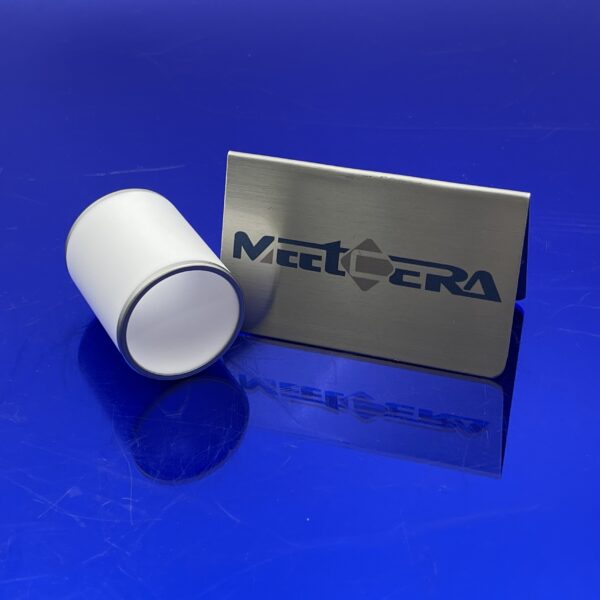
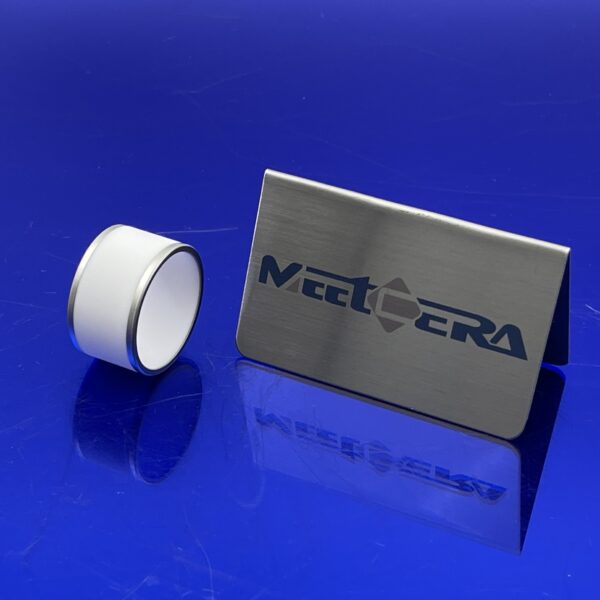
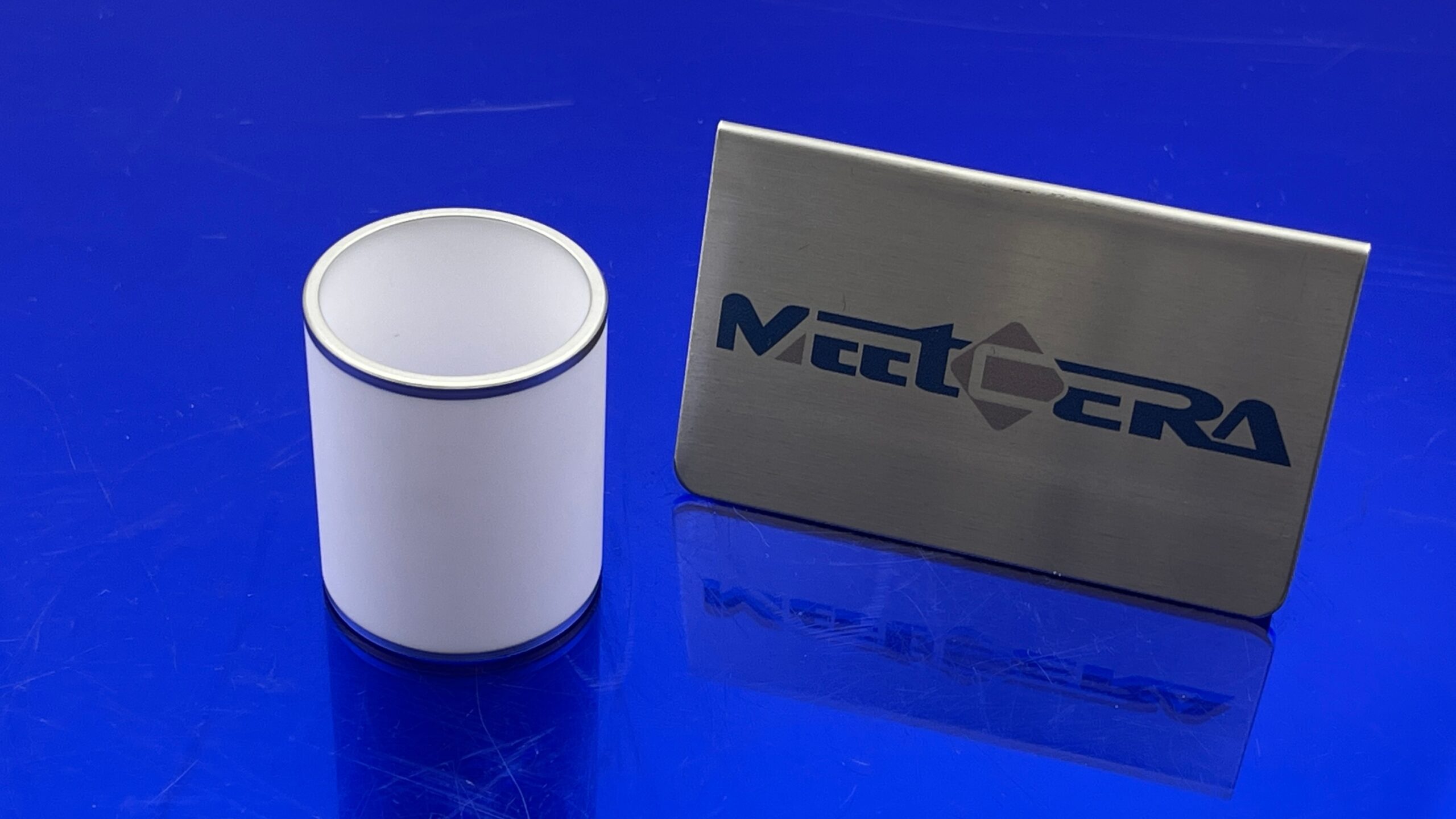
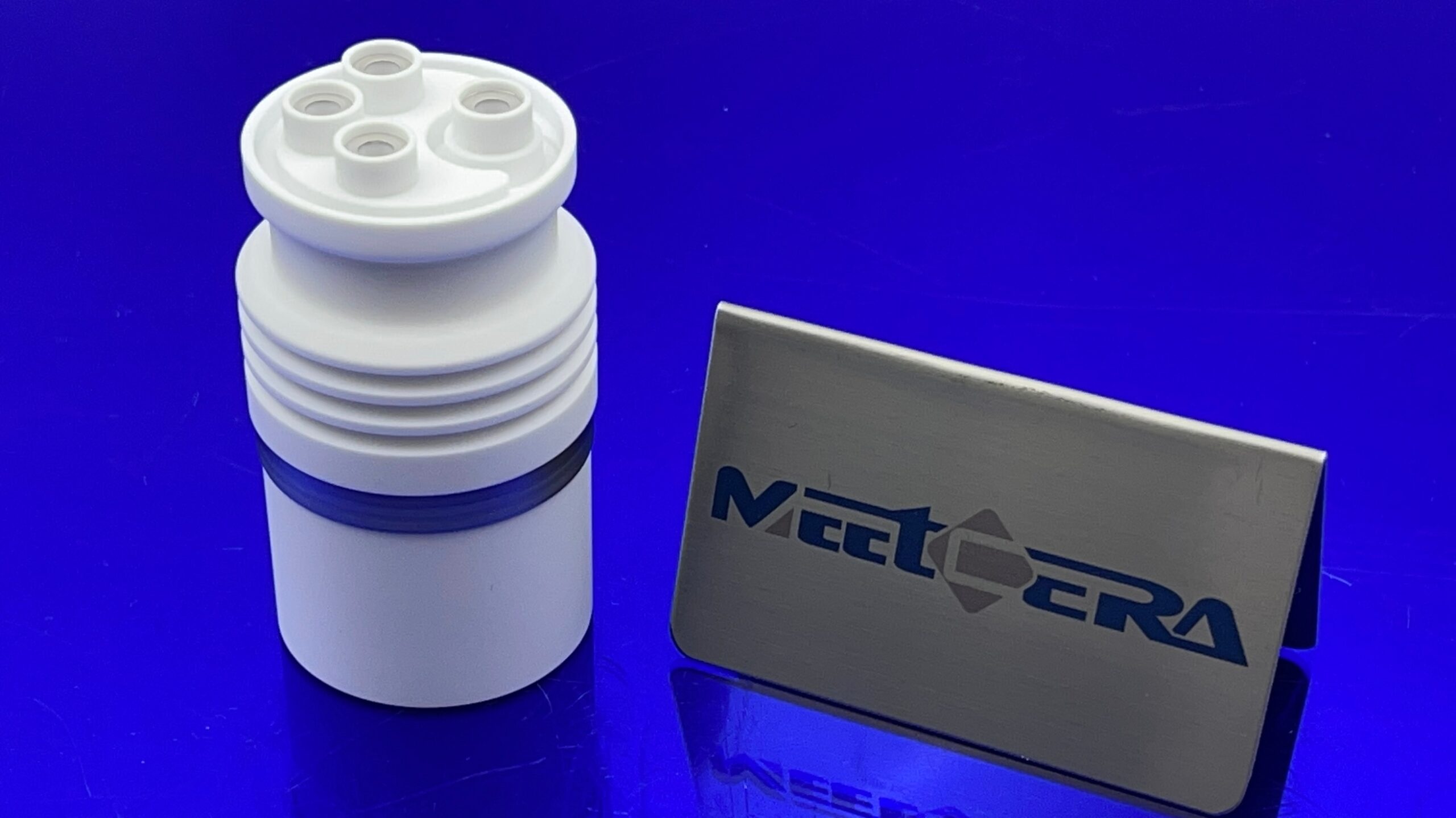
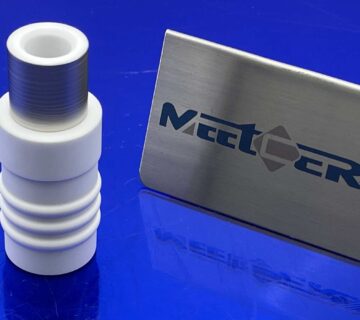

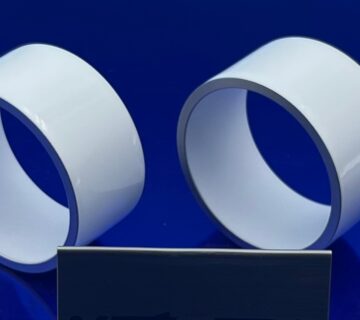

No comment